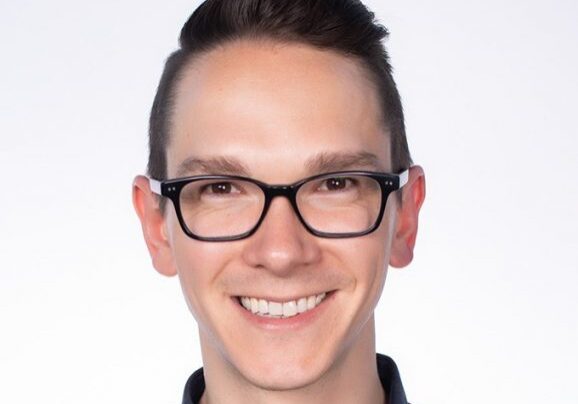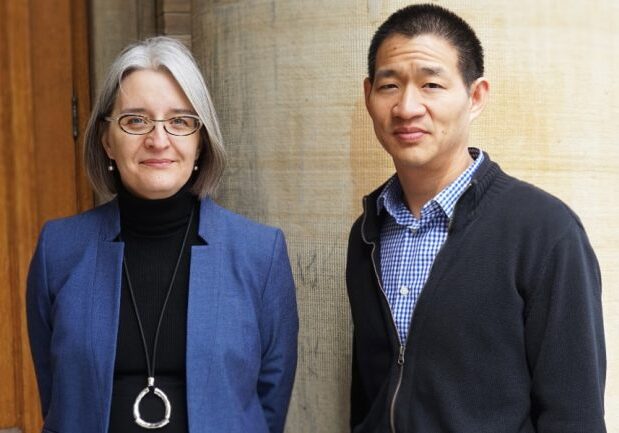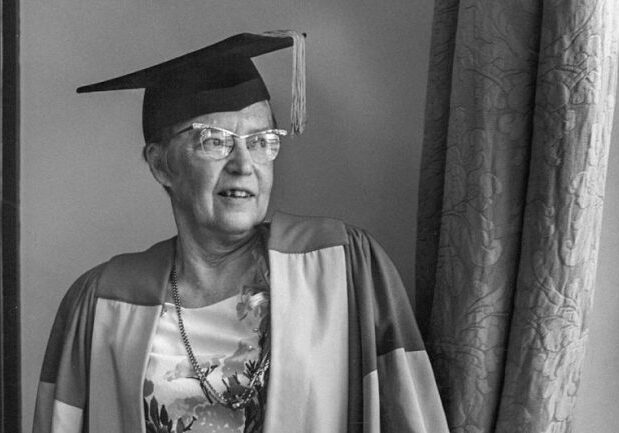
The Rise of Elsie MacGill
Elsie Gregory MacGill (ElecE 2T7) was the world’s first female aircraft designer and professional aeronautical engineer, helping to shape Canada into a powerhouse of the aeronautical industry during the Second World War. Yet these are just a few elements of her amazing life story

“Queen of the Hurricanes”: U of T Engineering alumna featured in new Heritage Minute
Elsie MacGill was ECE’s — and Canada’s — first female electrical engineering graduate
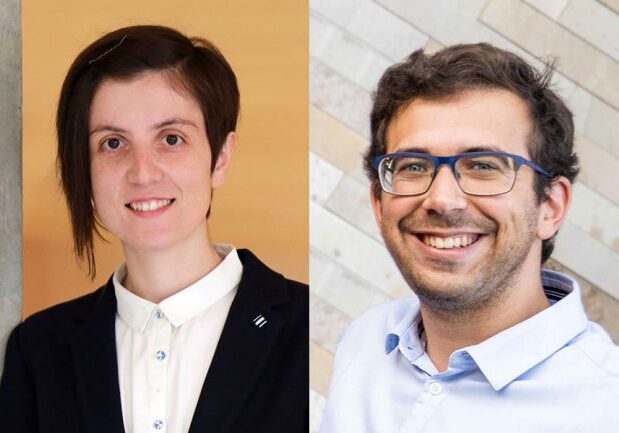
Connaught New Researcher awards boost data-driven decision making and machine learning research
Professors Merve Bodur (MIE) and Nicolas Papernot (ECE) have received funding from U of T’s Connaught Fund
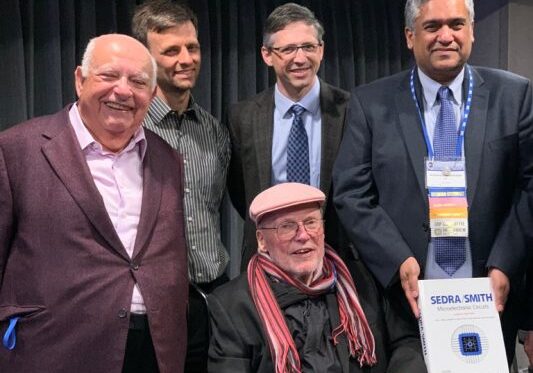
New edition of classic electronics textbook by ECE professors embraces the e-book
The release of the 8th edition of the popular textbook, known worldwide as Sedra/Smith, includes an enhanced digital version well suited for remote learning
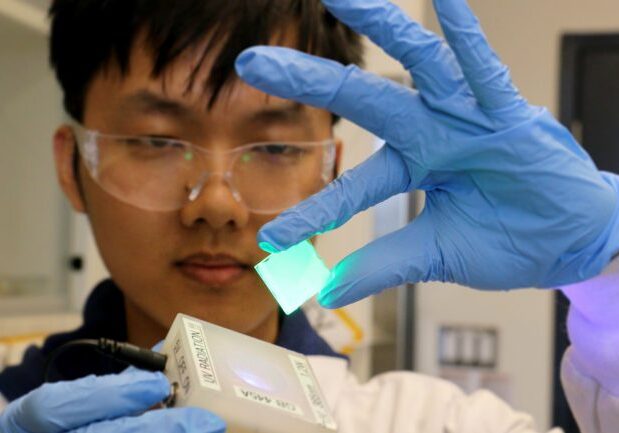
New academia-industry partnership to accelerate the search for materials for sustainable energy and smartphones
A new consortium of world-leading researchers and industry partners looks to use artificial intelligence to flip the materials discovery process on its head
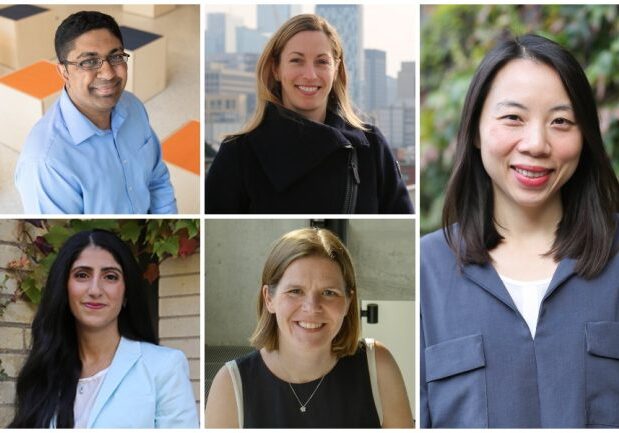
Five U of T Engineering professors on how they’re preparing for an unprecedented Back to Skule™
Instructors reimagine approaches to teaching as the Faculty gears up for a remote start to fall term
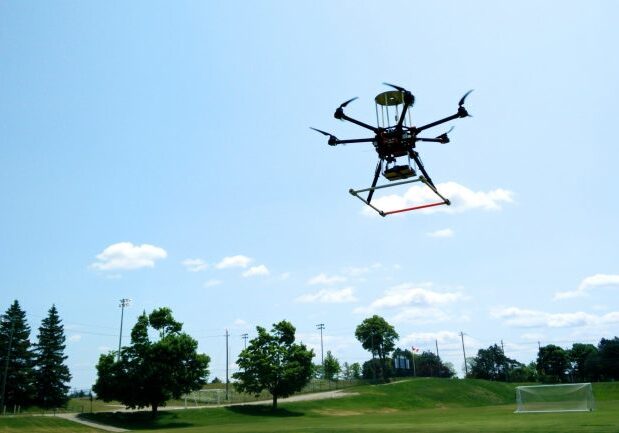
Five U of T Engineering projects receive funding boost for state-of-the-art research tools
Motion-capture equipment to explore and develop robust autonomous drones is among five infrastructure projects receiving funding support

